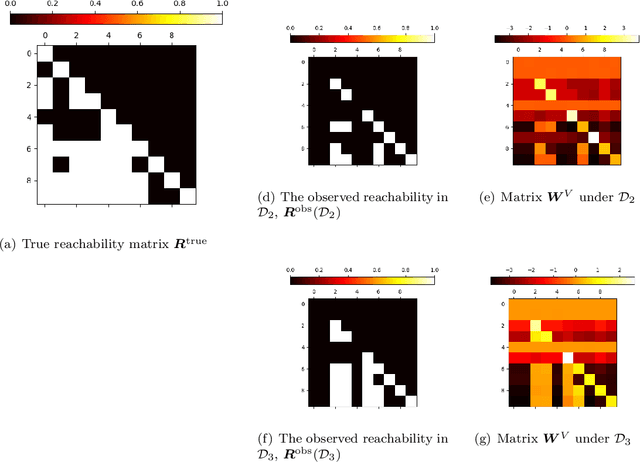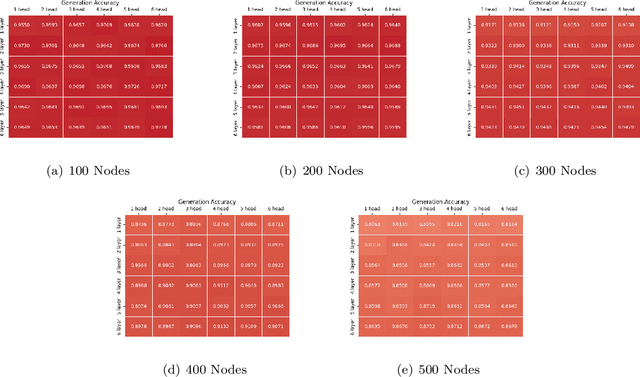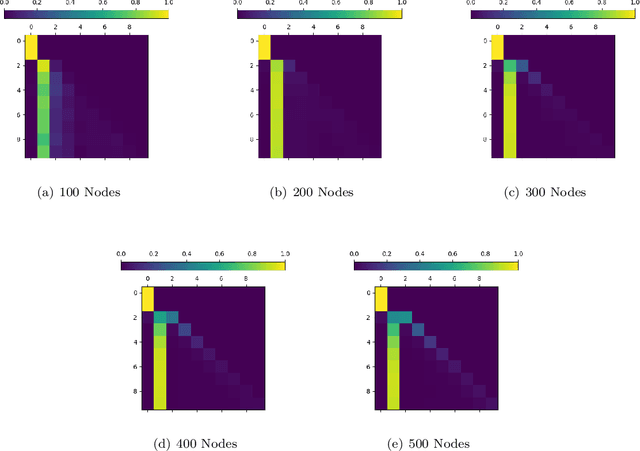ALPINE: Unveiling the Planning Capability of Autoregressive Learning in Language Models
Paper and Code
May 15, 2024



In this paper, we present the findings of our Project ALPINE which stands for ``Autoregressive Learning for Planning In NEtworks." Project ALPINE initiates a theoretical investigation into the development of planning capabilities in Transformer-based language models through their autoregressive learning mechanisms, aiming to identify any potential limitations in their planning abilities. We abstract planning as a network path-finding task where the objective is to generate a valid path from a specified source node to a designated target node. In terms of expressiveness, we show that the Transformer is capable of executing path-finding by embedding the adjacency and reachability matrices within its weights. Our theoretical analysis of the gradient-based learning dynamic of the Transformer reveals that the Transformer is capable of learning both the adjacency matrix and a limited form of the reachability matrix. These theoretical insights are then validated through experiments, which demonstrate that the Transformer indeed learns the adjacency matrix and an incomplete reachability matrix, which aligns with the predictions made in our theoretical analysis. Additionally, when applying our methodology to a real-world planning benchmark, called Blocksworld, our observations remain consistent. Our theoretical and empirical analyses further unveil a potential limitation of Transformer in path-finding: it cannot identify reachability relationships through transitivity, and thus would fail when path concatenation is needed to generate a path. In summary, our findings shed new light on how the internal mechanisms of autoregressive learning enable planning in networks. This study may contribute to our understanding of the general planning capabilities in other related domains.
 Add to Chrome
Add to Chrome Add to Firefox
Add to Firefox Add to Edge
Add to Edge